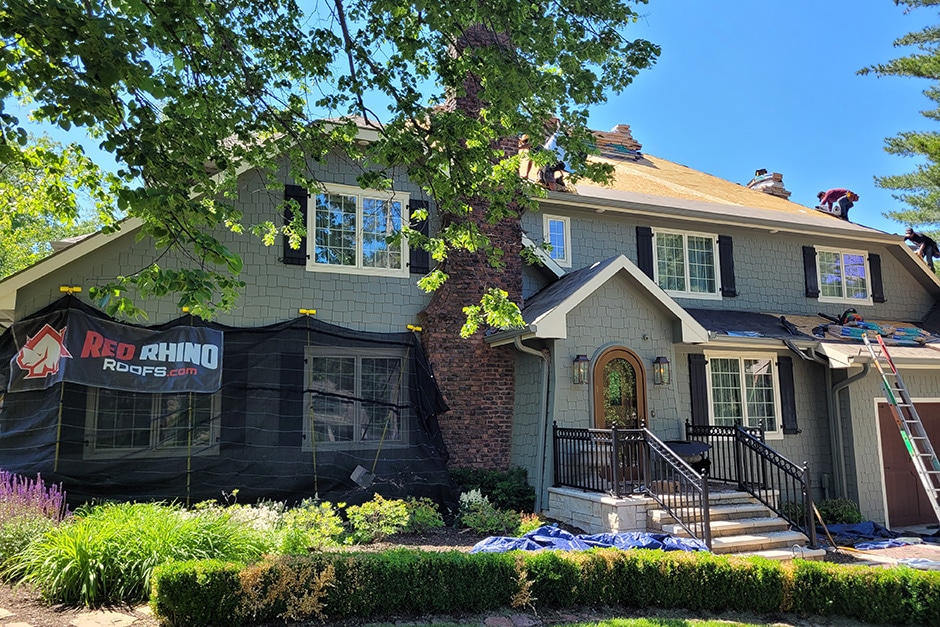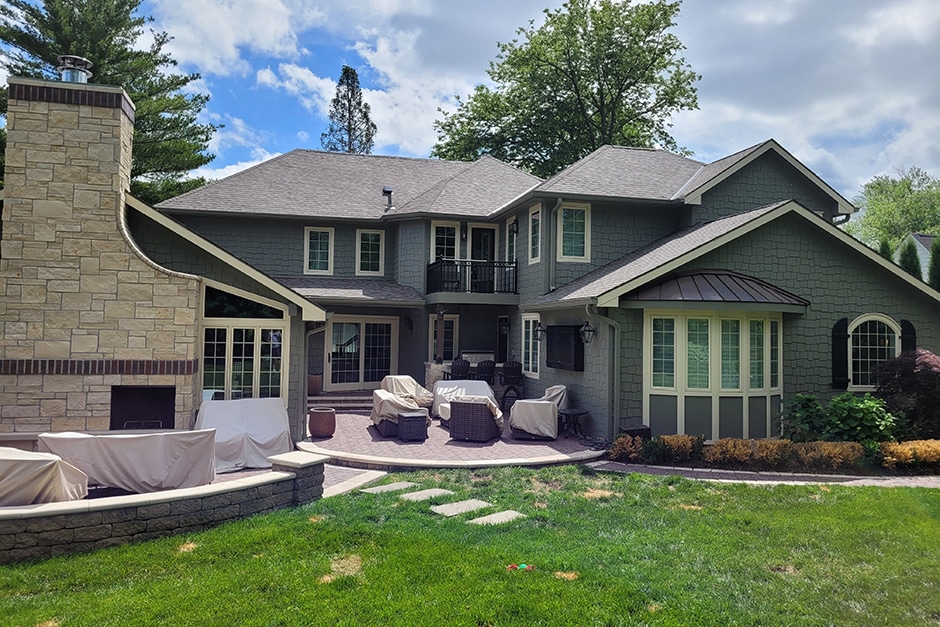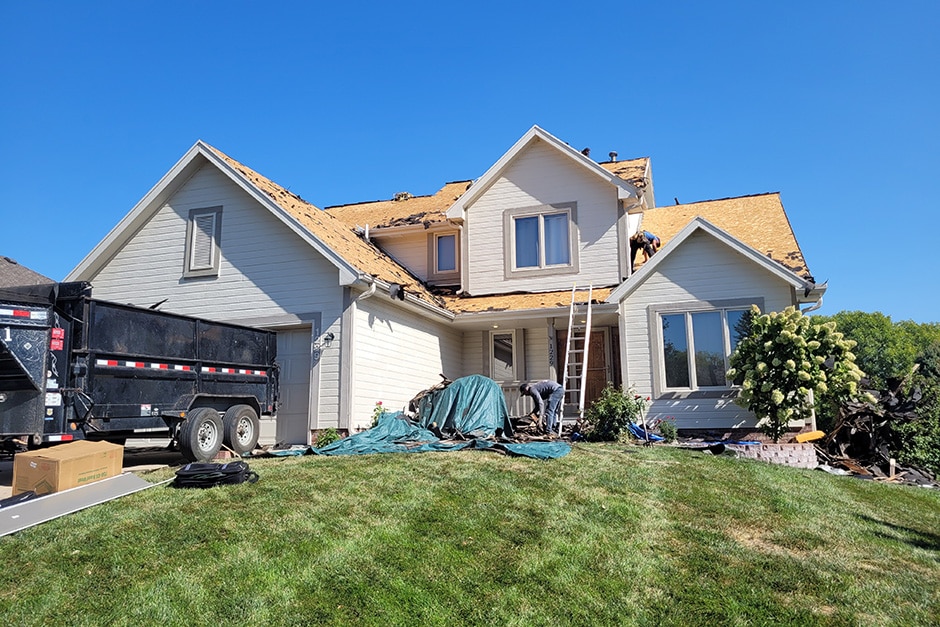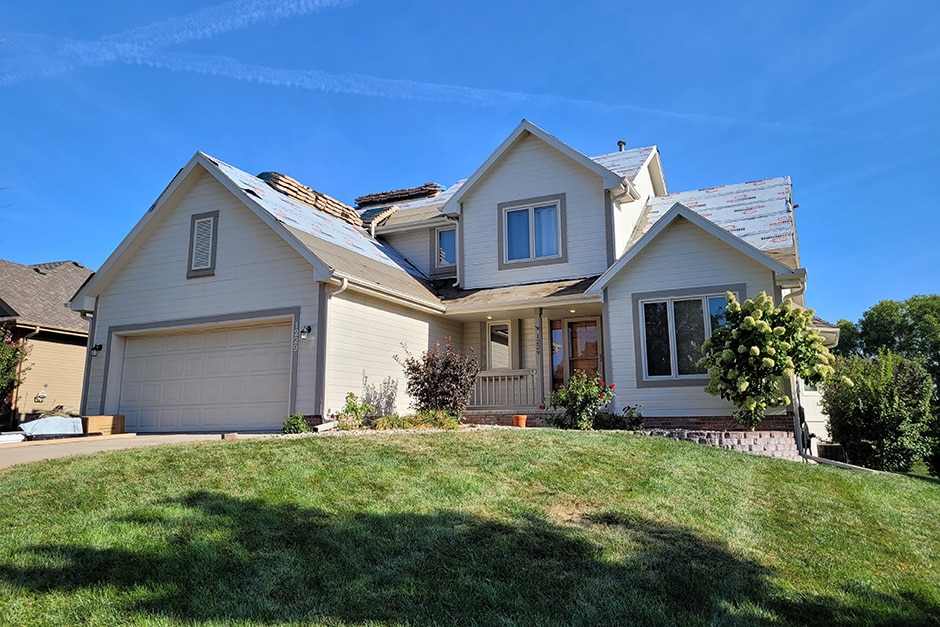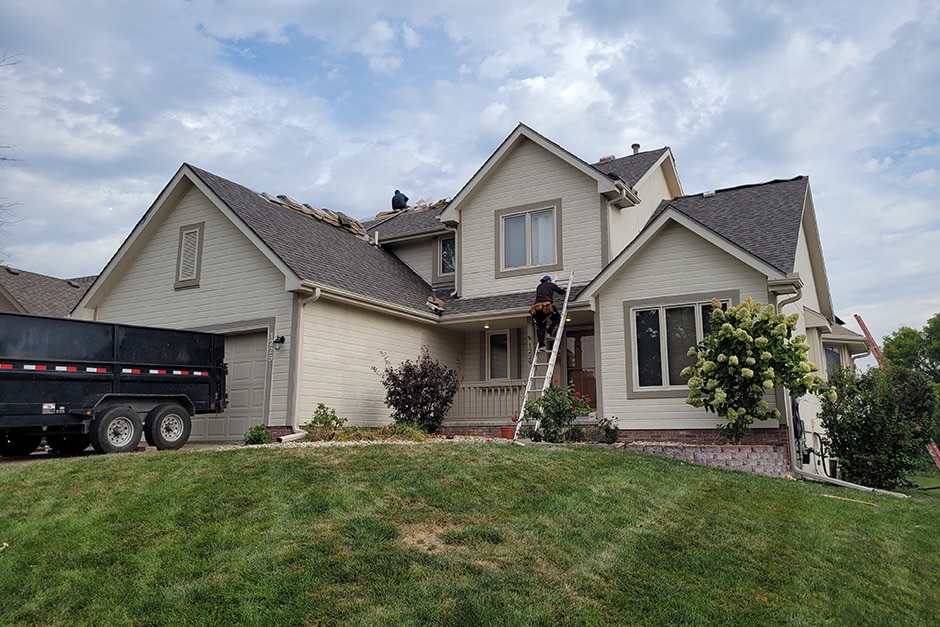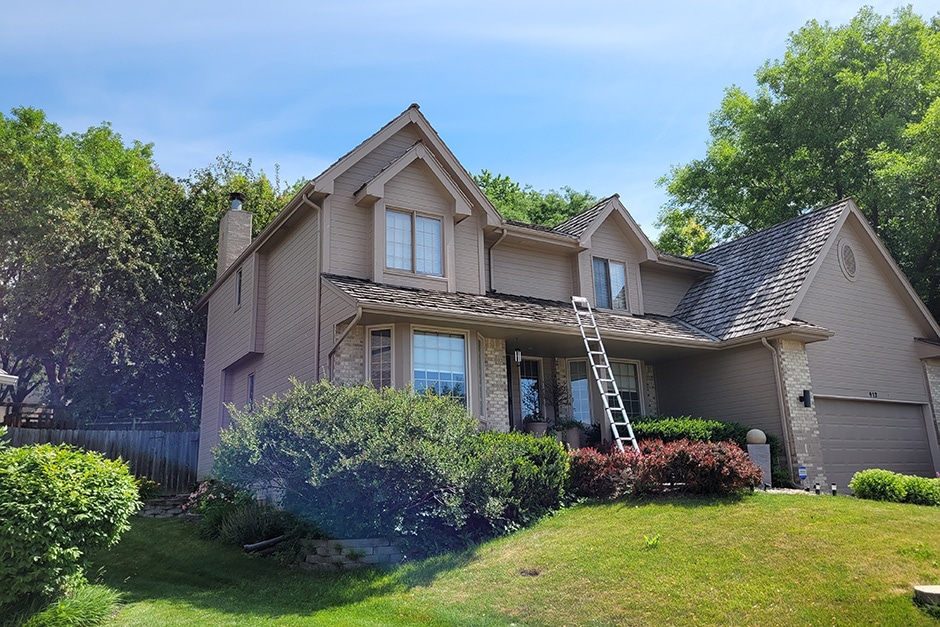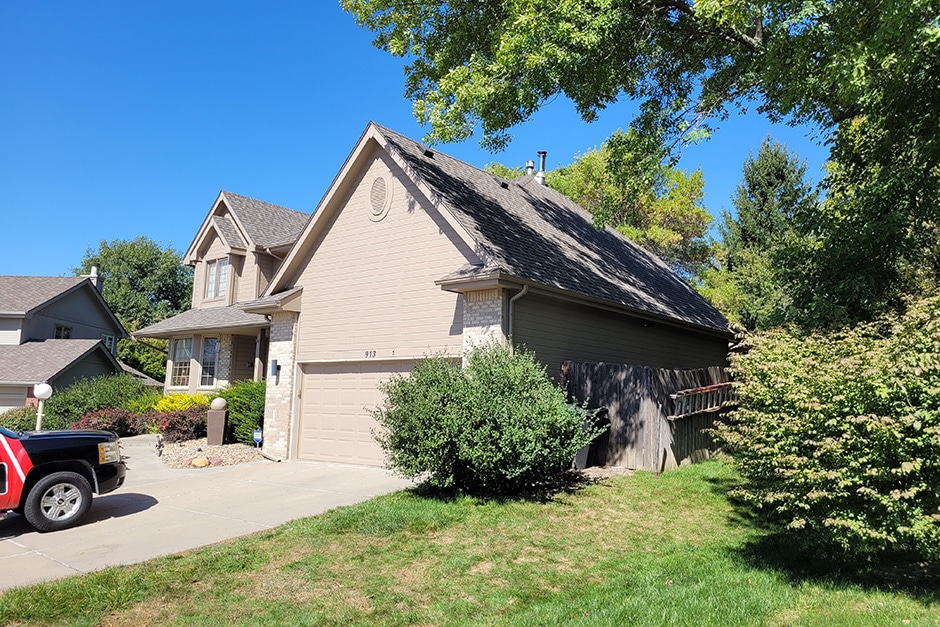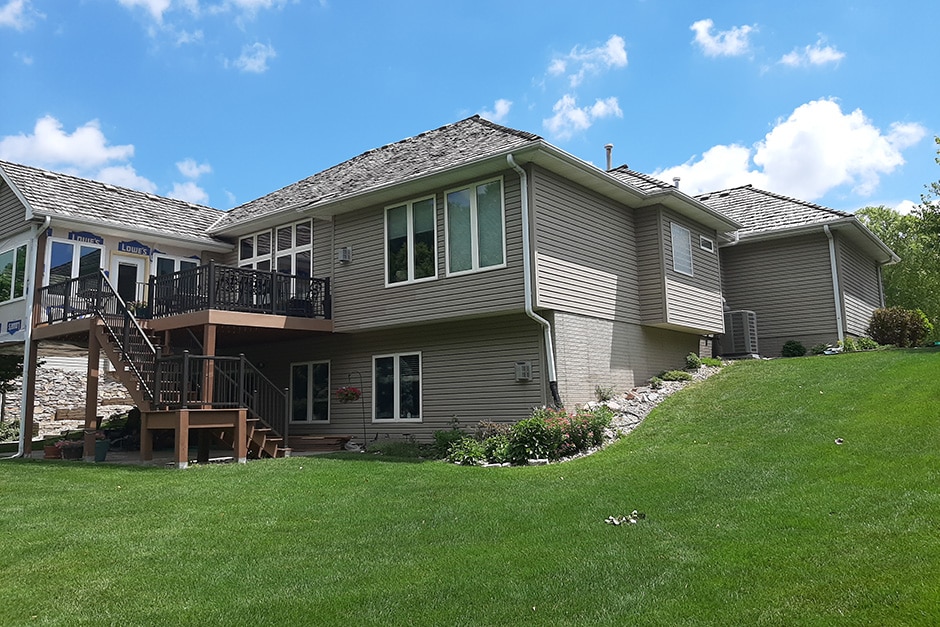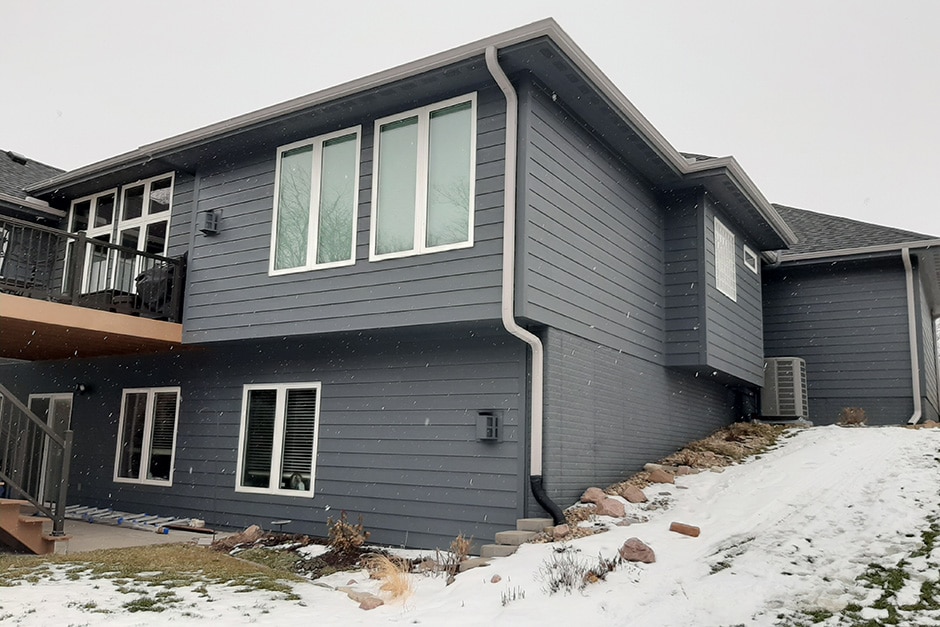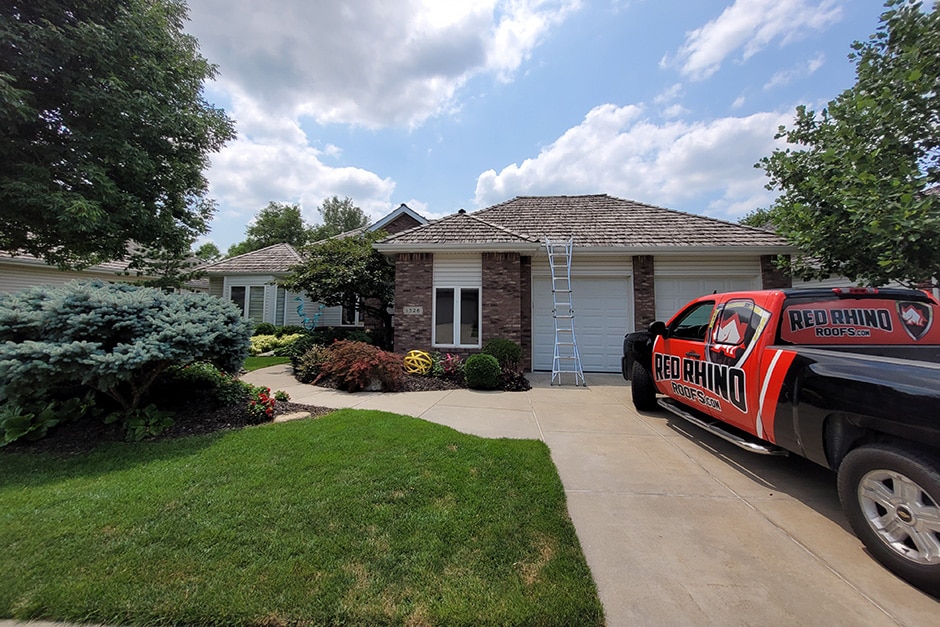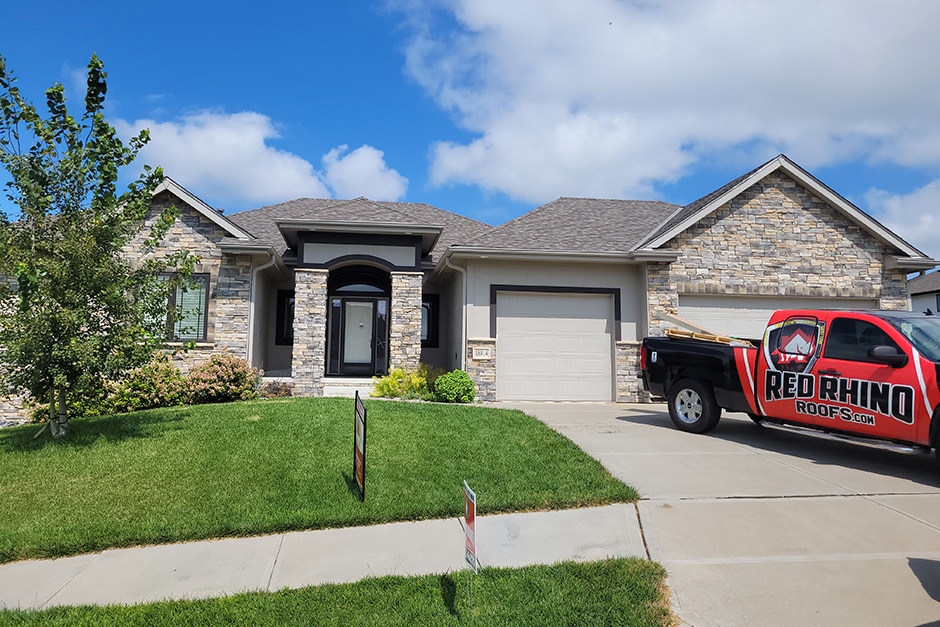Roofing Contractor Serving Nebraska and Western Iowa
Roof Coatings
Commercial & Residential roof coatings
Industry-vetted, manufacturer-certified, and reviewed by independent 3rd parties. Builders, architects, and project managers trust us. Homeowners love us.
At Red Rhino Roofs, there are two main aspects that we notice when observing a roof:
1. Geometric considerations, such as shape and size
2. The material, which we refer to as its coating
The most common types of domestic roofing are asphalt shingles, ceramic tile, slate shingles, wood, cedar shingles or shake, and metal roofing.
Roofs are affected by an array of factors, such as sunlight and inclement weather. Some roofing materials, such as asphalt, will be easier to treat because they’re more durable. Metal roofs in particular are also known for their durability.
But roof coatings are different from the underlying material used to build a roof. Coatings are what help maintain your roof in the face of external factors. There are many benefits to roof coatings.
Roof Coating Types
The different types of roof coating center around addressing the varying factors your roof will face. For example, if your home’s location is subject to torrential downpours, you’ll want to consider a bituminous roof coating, which gears toward waterproofing your roof.
Silicone
Protect and extend the life of your roof with our silicone roof coating. Red Rhino Roofs offer a proven, guaranteed solution that can be applied to virtually every roof surface. This creates a seamless membrane that protects your roof against daily UV rays, ponding water, and severe weather. This 100% silicone formula is stable and flexible, allowing the coating to expand and contract along with the roof for years to come.
Acrylic
Acrylic coatings are manufactured of 100% acrylic and they are used for a variety of roof membrane surfaces, including single-ply membranes and metal systems. These materials provide substantial resistance to radiation and hail damage. Furthermore, they have the inherent flexibility that is required to withstand the dimensional instability of some roof membrane surfaces. Acrylic coatings are economical and easy to work with. Ideal curing takes place with warm weather and low humidity.
Roof Coating Process
Majority of installs will follow these steps.
1.
Cleanup
We clean the roof surface with a power washer, preparing it to receive coating. A minimum of 2,000 psi of water pressure is used. All loose dirt and debris is removed are removed in the process.
2.
Repairs
Once roof is dry, make any necessary repairs to drains, seams, flashings, and fasteners to get them in good working condition.
3.
Adhesion tests
We perform adhesion tests and, if necessary, apply a primer to your roof to improve coating adhesion.
4.
Coating application
After making repairs, we apply coating at the proper rate for your roof type. A medium nap roller is used to spread the coating out as evenly as possible.
5.
Final Cleanup
Tools and equipment with mineral spirits are cleaned. No water is used.
Recent Roof Coating Projects
Roofing Certifications
Industry-vetted, manufacturer-certified, and reviewed by independent 3rd parties. Builders, architects, and project managers trust us. Homeowners love us.
Our commitment and dedication to quality are the driving force behind our success. In order to provide the best service possible, we provide the best installers available. We go the extra length to ensure that everyone that touches your home is properly trained, certified, drug-screened, background-checked, and is provided continual education. That education and training ensure that we are always up-to-date on the latest roofing installation techniques, processes, and roofing products.
- IKO Shield Contractor
- GAF Master Elite Contractor
- CertainTeed Shingle Master
- Owens Corning Preferred Contractor
- TAMKO Approved Roofing Contractor
- Verso Good Metal Quality Contractor



